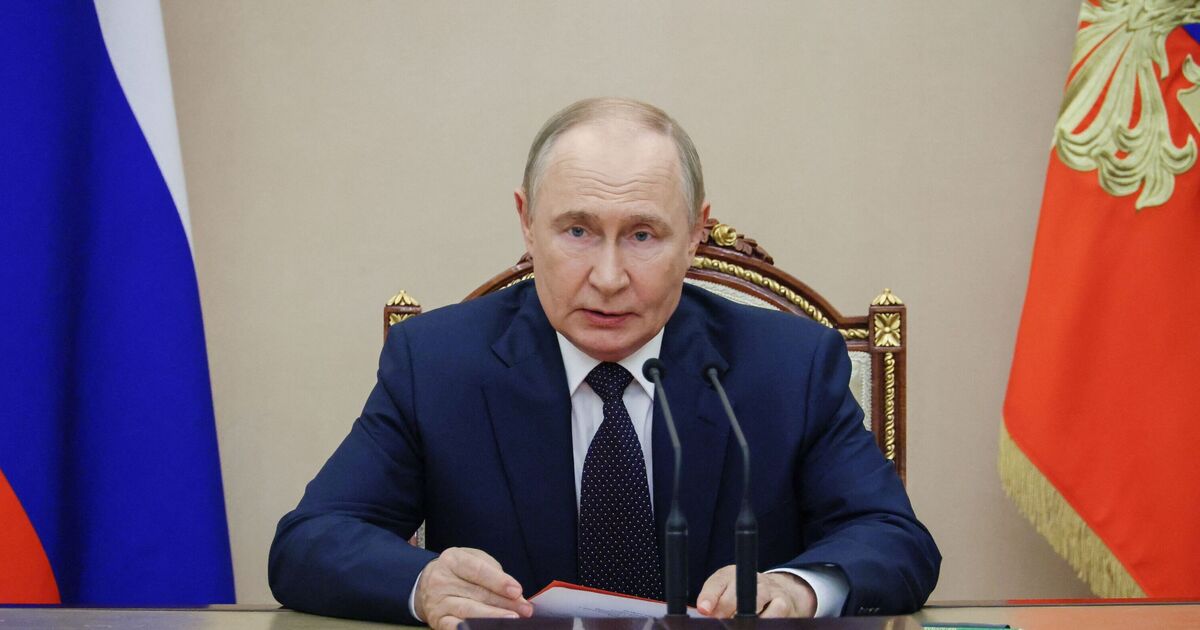

Russia’s federal budget deficit is continuing to grow rapidly, already surpassing the target set for the entire year. In July alone, the deficit rose by 1.2 trillion rubles (£11.2 billion), bringing the total for the first seven months of 2025 to 4.9 trillion rubles (£46 billion) - far above the full-year target of 3.8 trillion rubles (£35 billion).
According to The Moscow Times, citing early estimates from Russia's Ministry of Finance, in July, revenues amounted to 2.7 trillion rubles (£25.2 billion), but expenditure reached 3.9 trillion rubles (£36 million) - higher than usual and up from 3.2 trillion rubles (£30 billion) in June. Alongside this, Russia is also at risk of running out of liquid reserves, prompting the Kremlin to cut public expenditures.
For several months, Russia’s official inflation rate has hovered around 10%. In June, the Central Bank of Russia boasted that the rate had fallen to 9.4%. However, it then dampened the celebration by reporting that expectations for inflation one year from now are 13%.
Now, the country's financial reserves are running out, energy revenues are declining and labour and imported technology shortages are becoming increasingly severe. All have been linked to the war with Ukraine and the resultant Western sanctions. Since 2022, Russia has had an annual budget deficit of about 2% of GDP, implying that it needs $40 billion (£30 billion) each year to close the gap. However, thanks to Western financial sanctions, Russia has had virtually no access to international financing since 2014.
As a result, Russia must make do with the liquid financial resources held in its National Wealth Fund. Having fallen from $135 billion (£101 billion) in January 2022 to $35 billion (£26 billion) by May 2025, these are set to run out in the second half of this year.
Traditionally, half of Russia’s federal revenues have come from energy exports, which used to account for two-thirds of its total exports. However, due to sanctions, Russia's total exports have slumped, falling by 27% from $592 billion (£441 billion) to $433 billion (£322 billion) between 2022 and 2024.
The federal budget for 2025 assumed an oil price of $70 (£52) per barrel, but oil is now hovering closer to the Western price cap of $60 (£45) per barrel and the EU has set a ceiling of $47.60 (£35) per barrel for the Russian oil that it still purchases.
Returning to the Russian Ministry of Finance publication, over the seven-month period, Russia spent 25.2 trillion rubles (£235 billion) out of the annual plan of 42.3 trillion rubles (£395 billion). However, every December, a spending surge in Russia takes place, which is yet to hit.
A full-scale recession is expected in the Russian economy as early as 2026, wrote Ukrainska Pravda.